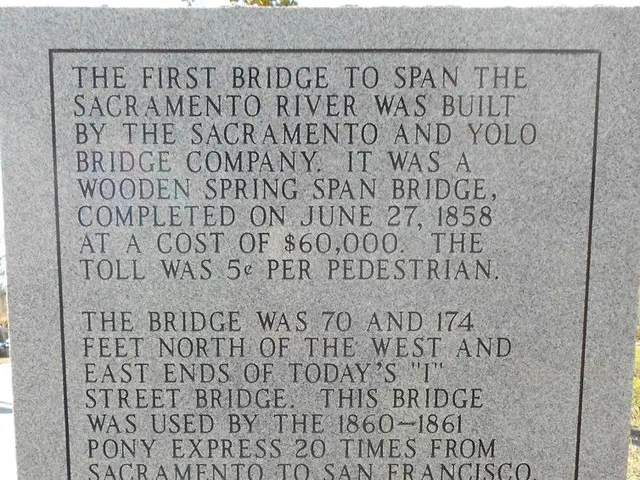Lapses in Nuclear Crisis Readiness: The Unaddressed Discrepancies in Emergency Response Strategies
Globally, the preparedness for nuclear incidents and accidents remains a critical concern, as evidenced by the 2011 Fukushima Daiichi incident. Despite advancements, many regions lack robust emergency response plans for nuclear disasters, often due to underestimation of potential risks and disregard for simultaneous natural disasters.
impediments to Effective Emergency Response
Effective emergency response efforts can be hindered by various factors. The loss of offsite electrical power can cripple communication systems and critical infrastructure, while severe damage to transportation networks can hamper evacuation efforts. Furthermore, a lack of real-time information about plant conditions can complicate decision-making during a crisis. Additionally, the diversion of emergency response resources by competing disasters can worsen the situation.
Implementation of Safety Measures
Implementing protective measures also encounters several challenges. For example, there are often inadequate distribution strategies for potassium iodide, crucial for shielding against thyroid radiation exposure. Uncoordinated evacuation procedures, particularly for vulnerable populations such as children and the elderly, can lead to confusion and increased risk. Moreover, inconsistent radiation standards and decontamination policies can confuse the public and undermine trust in official responses.
Communication Deficiencies
Communication failures are another significant issue. Inadequate communication between central and local governments can result in delays and inconsistencies in emergency responses. Poor dissemination of public information can exacerbate fear and mistrust. The erosion of public trust due to inconsistent messaging can have lasting effects on community relationships and future emergency preparedness efforts.
International Disparities
Significant disparities exist worldwide in emergency preparedness. While some countries boast advanced emergency response systems, others lag behind. For instance, Finland has developed comprehensive nuclear safety and waste management strategies, while the United States faces ongoing challenges in these areas. The necessity of international standards and collaboration is highlighted by such disparities.
The path forward
To address these deficiencies, existing emergency response plans must be regularly updated to ensure scalability and efficacy for long-duration crises. Staff training and resource allocation are also crucial steps. Implementing robust communication plans with affected populations is vital to maintaining trust and ensuring public safety. Lastly, international cooperation and knowledge sharing are essential to elevate global standards and ensure that all regions have access to best practices in emergency preparedness. As the nuclear industry evolves, it is vital that emergency preparedness keeps pace to protect against potential nuclear accidents and their devastating consequences.
(Based on Enrichment Data, it is evident that the integration of emerging technologies, such as artificial intelligence, and the adaptation of strategies to meet evolving threats pose challenges and opportunities. The role of international cooperation and knowledge sharing is vital for building robust, adaptive systems to manage complex nuclear risks.)
- The integration of emerging medical technologies, such as AI, into health-and-wellness strategies could potentially aid in addressing medical-conditions that arise during nuclear incidents, but the lack of robust emergency response plans for such events may hinder their effective implementation.
- Conflicting scientific understandings about the long-term effects of radiation exposure and the best strategies for decontamination can fuel public conflict and mistrust, underscoring the importance of international cooperation and knowledge sharing to ensure consistent radiation standards and decontamination policies worldwide.




